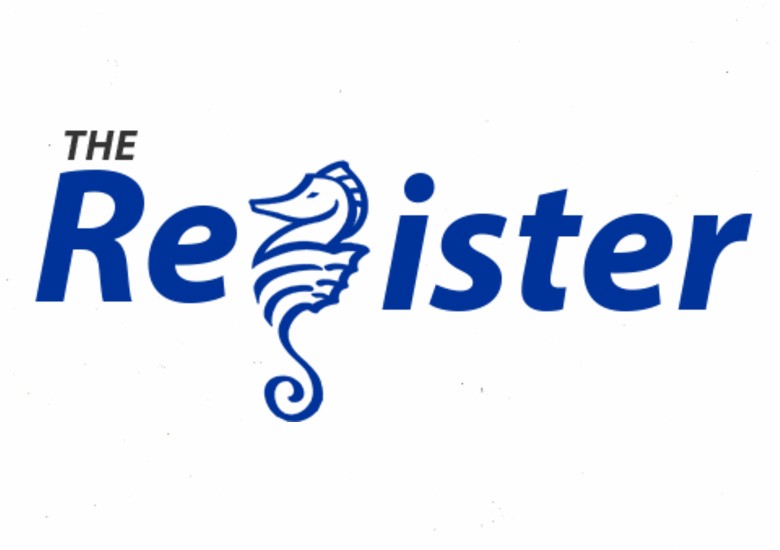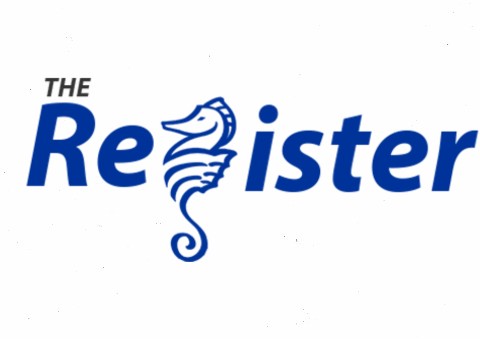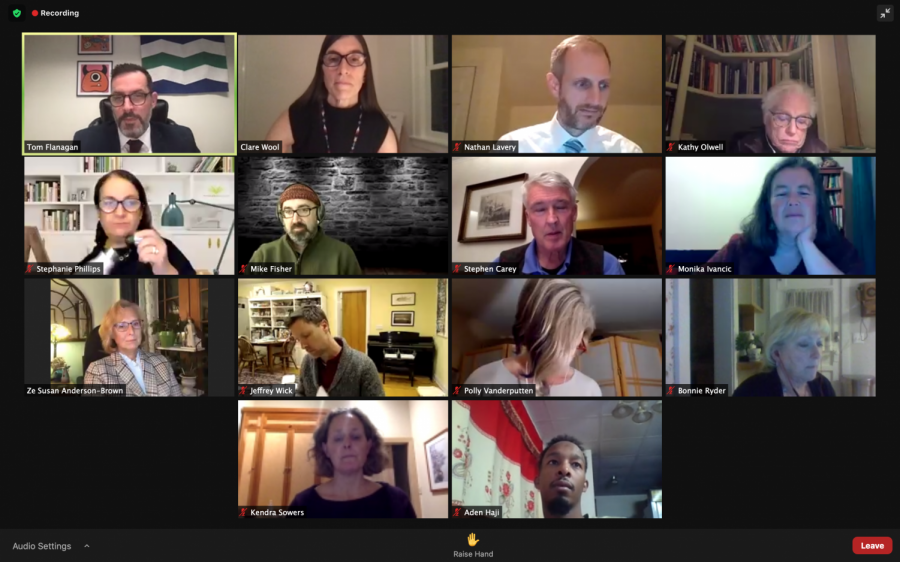School Board Plans for Covid-19 Recovery
March 12, 2021
On Tuesday, March 9, the Burlington School Board discussed several topics, including plans for Covid recovery in preparation for the expiration of Vermont’s state of emergency on March 15.
The state of emergency was enacted on March 13, 2020 to combat Covid 19. It gives Governor Scott emergency powers. These include, among other things, the right to enforce laws relating to management of the emergency and the right to assume control of all emergency management personnel.
The hope is that the state will now be moving into what Flanagan called “a state of recovery.” Going forward, the Vermont Agency of Education has asked school districts to develop and submit their plans for mitigating the impact that Covid has had on students. The plans will focus on three major areas: academic skills, social and emotional health, and engagement and truancy. The plans will help the State coordinate the distribution of $133 million in federal coronavirus relief funds. The Burlington School District expects to receive upwards of $6 million.
Senior Director of Curriculum Stephanie Phillips has been tasked with leading the recovery planning project. Her first step will be to assemble a team to assist her, which will include many of those who worked on the Covid reopening plans. In addition to administrators, Superintendent Tom Flanagan is committed to including students, teachers, and other District employees in recovery discussions.
“So still having [the recovery group] be a small and mighty team, so it’s manageable,” Flanagan said. “But also making sure we’re getting the right people at the table for those [recovery planning] conversations.”
Since January, the State has been pushing to get students back to in-person learning five days a week by April break, pointing to the low spread of Covid in schools. For this to happen, social distancing guidelines for secondary schools will need to be lowered from 6 ft to 3-6 ft. Flanagan acknowledged the hesitance many feel about resuming full time in-person learning
“There’s a lot of reluctance [to fully resume in-person learning] out there and there’s a lot of excitement out there,” Flanagan told the Board. “…And so, [the District’s plans are] going to be a balance.”
Flanagan said the vaccination of staff, which has already begun, is key to getting back to in-person learning full time. Though the District can not require staff to get vaccinated, Flanagan said they are strongly encouraging it.
“What we’ve started to do is message the importance of the vaccine for individuals and for the community as a whole,” Flanagan said. “We need to get back in-person. We need to get back together. We need the economy to be up and running again. We need life to come back as it was or maybe not exactly as it was. But in order to do that, we need to get vaccinated.”
After learning from Chiefs for Change, an organization that aims to prepare future state leaders, about efforts around the country to institute regular Covid testing for students, the District is “seriously considering” regular student testing as a strategy to get back in-person full time. The cost has prevented the District from instituting testing sooner. However, new recovery funding could now help cover costs, and if so, Flanagan assured the Board that regular testing was “doable.”
The next School Board meeting is Tuesday, March 13.





